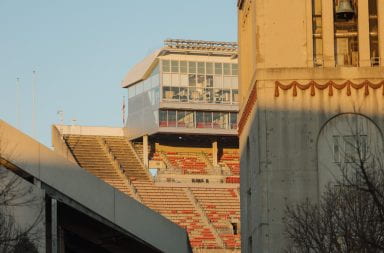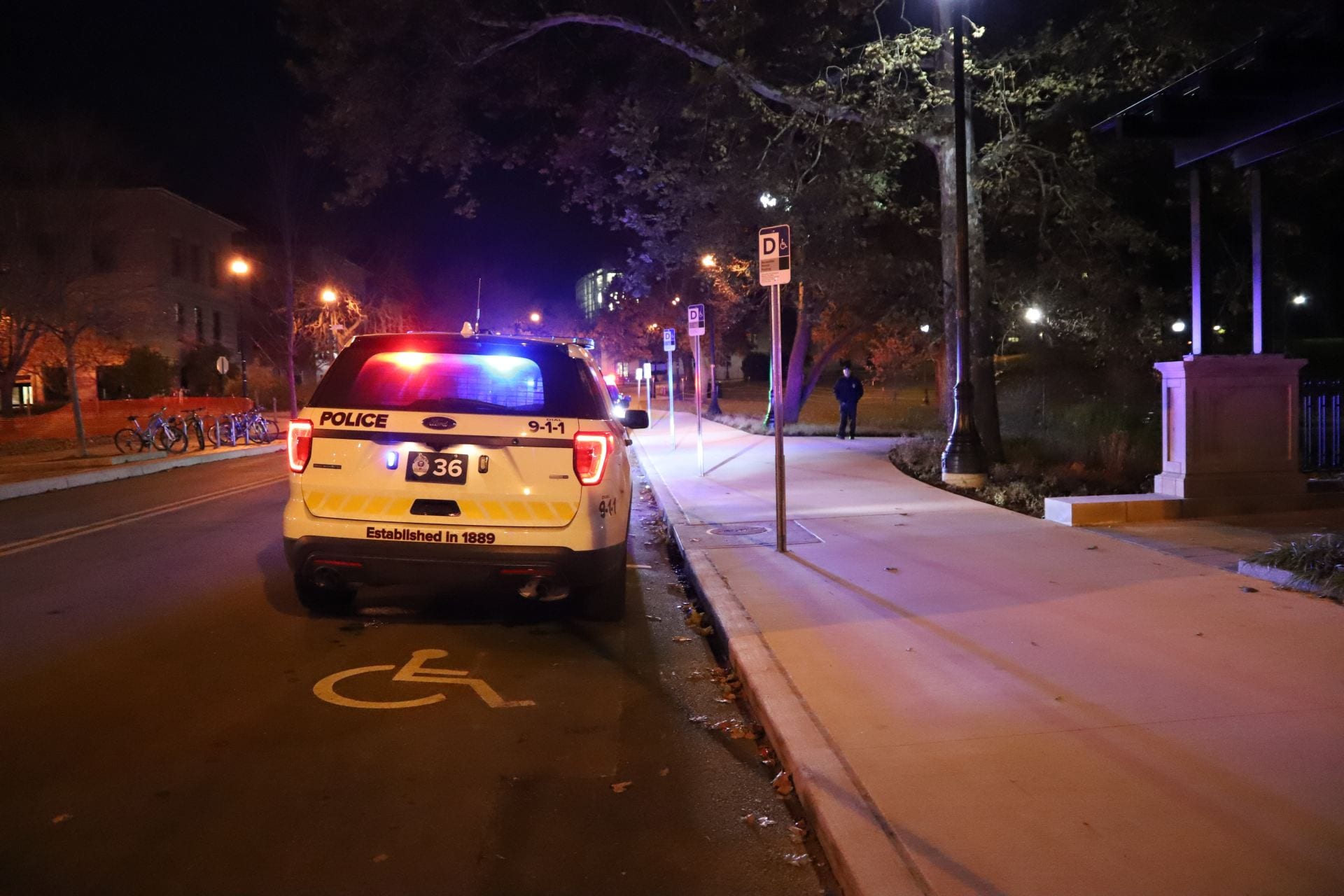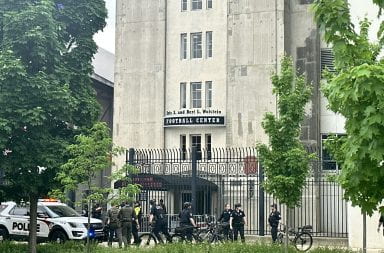
The cast of “Collective Rage: A Play in 5 Betties” poses for a photo during a virtual rehearsal.
Credit: Courtesy of Jenny Morrison
With traditionally in-person events switching to a virtual setting due to the pandemic, the Department of Theatre, Film and Media Arts is working to connect performers and audiences in safe settings.
One example of this was “Collective Rage: A Play in Five Betties,” written by Jen Silverman and directed by Beth Kattelman, an associate professor and curator in the Lawrence and Lee Theatre Research Institute, which premiered last month over Zoom and presented new challenges for performers and crew.
“I knew we were going to be doing it online, so that kind of put stipulations of keeping the cast very small and keeping the requirement of physical interaction to a minimum,” Kattelman said.
Kattelman said the cast rehearsed for six weeks, but each rehearsal was shortened to no more than three hours compared to the normal four hours for in-person productions to avoid Zoom fatigue.
Technical difficulties such as internet failures and actors not knowing which way to look made rehearsals challenging for everyone, Kattelman said. The cast and production crew had to establish several backup and contingency plans.
“Because their internet was not reliable, we were able to get spaces for [two students] to perform in the Drake building,” Kattleman said. “They were each assigned to their own classroom during the performance so that we knew that they would have a more reliable internet connection.”
Jenny Morrison, a third-year in theatre and English, played Betty No. 4 in the production. She said the cast was faced with untraditional problems during the rehearsal process.
“We were doing that Brady Bunch-style talking to the side, which actually meant that I couldn’t see my scene partner’s face,” Morrison said. “I had to play off my ears alone without being able to visually connect.”
Morrison faced technical issues of her own as well — her internet dropped out three minutes before the production was supposed to start. Despite all the obstacles of performing virtually, Morrison said she had no problem building relationships with the other cast members in the show.
“We had our group chat, and we talked a lot, especially during tech week,” Morrison said. “I do think we formed a pretty standard cast dynamic [compared to] other casts that I’ve been in.”
However, some feelings, such as the final embrace after the end of closing night, couldn’t be replicated in a virtual setting, Morrison said.
Andrew Shelton, the interim chair for the Department of Theatre, Film, and Media Arts, was the show’s producer. He said the graphics in the production were impressive and an innovative way to give the production a handmade quality.
“Everybody had to kind of reconceptualize how they work: they’re working for a camera, not for a live audience,” Shelton said. “I wonder the extent to which that may change the way we move forward in theater.”
Shelton said the department hopes to return to in-person performances in the fall, with appropriate safety protocols still in place.
“We’re hoping that if everybody gets vaccinated and we can get the COVID under control that we might be able to return to in-person performances next year,” Shelton said.


